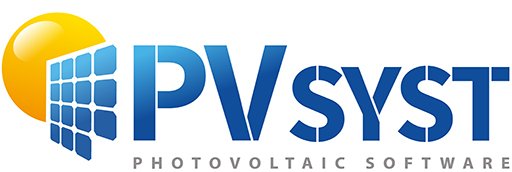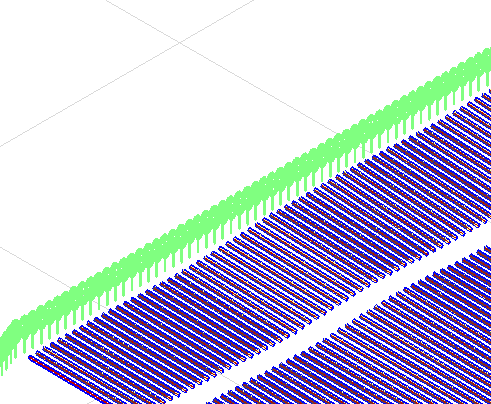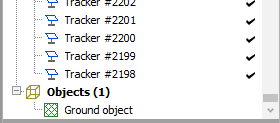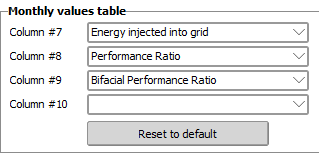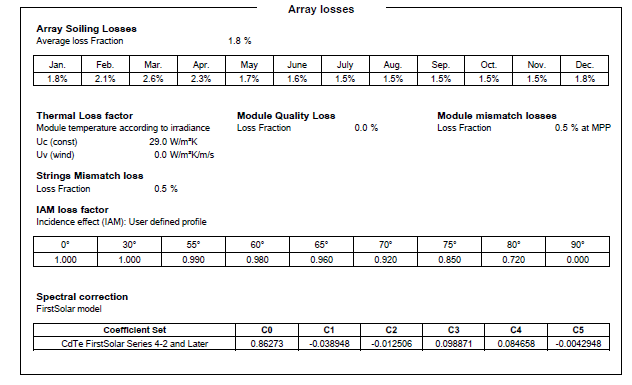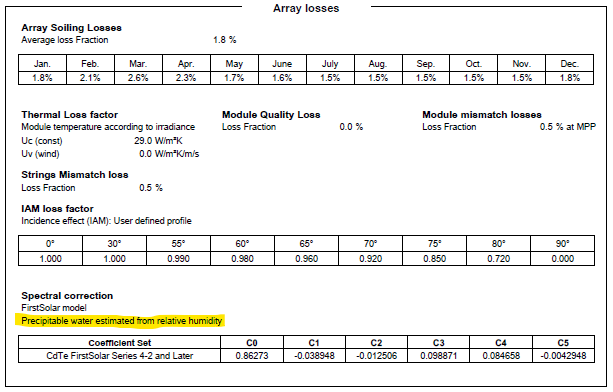
LauraH
Members-
Posts
28 -
Joined
-
Last visited
Recent Profile Visitors
The recent visitors block is disabled and is not being shown to other users.
-
New tool Shading scene (ground objects)
LauraH replied to Barbadori's topic in Shadings and tracking
I received a shading scene in which all of the trees are included as a single ground object. This seems like an incredible way to represent many trees as one object. They do seem to throw shade. Q: If trees shouldn't be included in the ground objects, why are those options given for a PVC import? It looks like the tops of the trees will be considered the ground if you select the first box. Nevertheless, individual trees are depicted in the shading scene. Second screen shot shows that no trees are included in the object list. Thanks. -
This all seems like a lot more work than having the project export include a SIT file. Why can't we just have that? Normally, when passing an export file to someone else, we copy the SIT file from the data directory and send that as well. It's not a good use of time and is easy to forget.
-
There is no corresponding SIT file in the Sites folder. That's the problem. I got the project file from another user and can't upload the met file because there IS no site file. This has always been the problem with project exports. I tried downloading the SIT file by using "Export table" after clicking to open the site on the project's main page. That gets me some of the info, but not a SIT file.
-
Hi, I noticed that the defaults for the variables shown in the monthly values table of PVsyst reports are now (v 8.0.15) as shown below. I would like to change these to our team's standard variables, but there's no option to show fewer variables. That is, a blank entry doesn't appear in the drop downs. Could we add that back? Thanks, Laura
-
Or one could use the standard "colorblind" color tables. Microsoft has implemented this in the Excel color defaults.
-
Representation of gaps along tracker when using PVcase scenes
LauraH replied to LauraH's topic in Shadings and tracking
Sure, that's how we handled the generic mismatch problem in the past, but it would be nice if it just worked, taking advantage of the CAD system including specific details. -
Hi, Whenever I read in a PVC file for a shading scene, the array area and number of modules shown by PVsyst don't match the array design. After some thought, it seems that the array size is being inflated by the size of various gaps along the tracker: gaps between modules, motor gaps, and potentially joint gaps. Is there any way to correct this? It causes error messages. Optimally, PVsyst would get this information from the PVC file.
-
I have the same question.
-
Report shows spectral correction applied even when it isn't
LauraH posted a topic in Problems / Bugs
I'm not sure how I never noticed this before, but spectral correction is included in the loss inputs section of a PVsyst report even when the correction wasn't applied due to lack of any water vapor variable in the input met file. In this case, spectral correction is listed but there is no loss/gain listed in the waterfall diagram. I think this is VERY misleading and should be changed. Either take spectral correction out of the input loss list or put an error message where the data source is normally listed. The inconsistency makes it very difficult to figure out why no spectral gain/loss appears in the waterfall diagram when you know you turned on spectral correction. The issue is most likely to arise when modifying an existing project because the user may not check all the previous loss settings. All of the places where the spectral correction could be referenced in a PVsyst run that I can find are shown below for the case when spectral correction couldn't be run along with the input loss pane when RH is included in the met file. -
Hi, Are we still not able to export SIT files in v. 8? I'm trying to upload a new met file for an existing project but can't pick the appropriate site because it's not in the list. I don't want to create a new site at the risk of changing the model. Any suggestions? Thanks, Laura
-
Hi, When I do a google search on "export PVsyst shade scene to PVC," the AI response is a long message that includes a description of this process, but when I click on the links the same search returns, this process isn't included. I also don't see an appropriate option under "Files" in the shading scene window. I would love to be able save my (updated) shading scenes as PVCs, but I now suspect that this is a case of AI hallucination. Is it, in fact, possible to do this export? If not, can I suggest adding this feature? Thanks.
-
Nevermind. I figured out the problem.
-
I'm trying to load a project I recently ran in v.7 into v.8. I follow the usual procedure: Click on "Import project," then select the project's zip file, as exported. A new window comes up that tells me to "Please choose a zip file containing projects." Why would I have a zip file containing projects inside a project zip file? Do I need to zip the zip file? This makes no sense and doesn't conform to the old procedure. Using 8.0.9. Thanks, Laura
-
I don't think that fully answers the question. Swonno is saying that projects that s/he already worked on in v. 8 don't show up in the list on v. 8. Why should this be? Thanks, Laura
-
I guess it depends on whether you think the degradation rate is a positive or negative number. When I see "annual guaranteed lower limit diminution rate," I think in terms of the magnitude. I believe that the warrantee specifies the maximum amount of degradation you are supposed to see, not the minimum. The minimum would be 0% (least degradation). The graph also shows that the warranted degradation rate is the greatest (largest decrease), but the resulting efficiency is the lowest. Personally, I would buy the modules with the lowest degradation rate. [Maybe this would be clearer if the words "greater" and "lower" were used rather than "higher" and "lower," because the second pair of words implies a direction rather than the overall size of a change? Not sure.]
